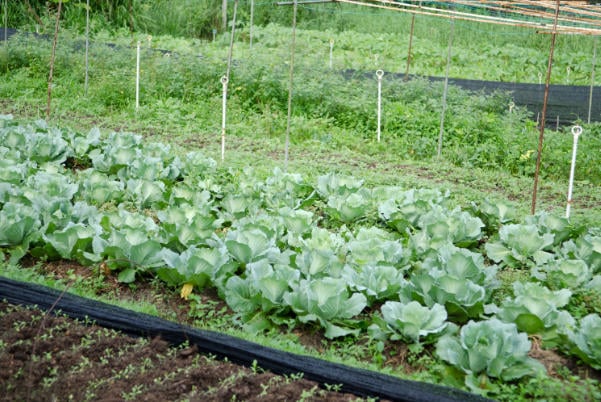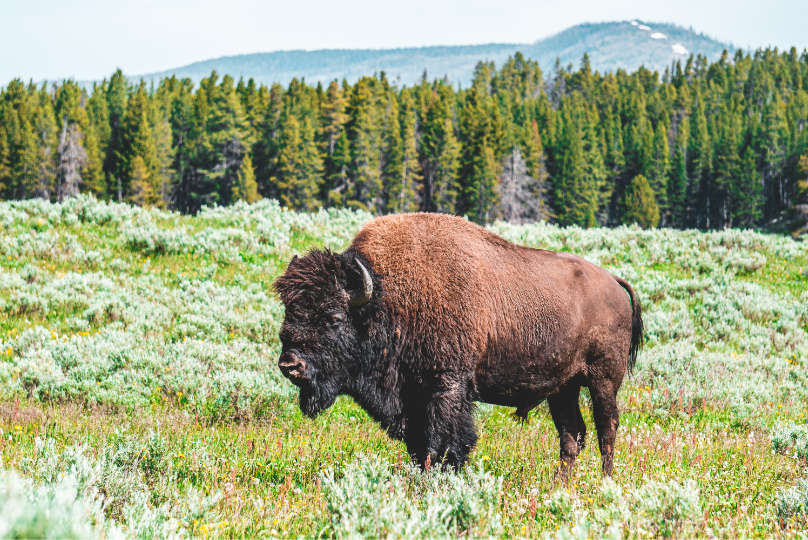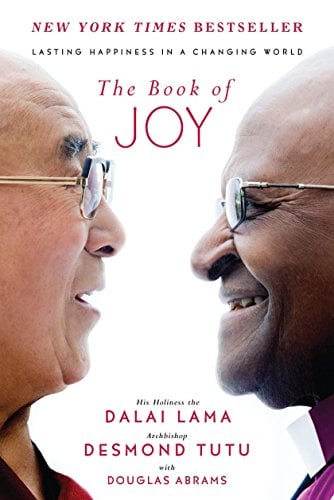Rekindling Hope in Our Hearts
It can be daunting to be hopeful these days. It seems that the human race is careening from one crisis to the next without a pause for recovery. Huge amounts of suffering fill our TV screens, social media and newspapers. How can we feel hopeful in the face of such a barrage?
I’d like to share some places of refuge where you can find positive stories to ignite your heart and calm your mind. A hopeful heart is necessary for good health and an inspired mind is required for taking action when the time comes. My recommendation is to make a cup of Teeccino, sit back and take a journey that will bring you some comfort while you discover good news that can rebalance your perspective.
Living in harmony with nature to reverse climate change
The 53rd Earth Day was just celebrated with ever more urgency as collectively we face the challenge to limit human-caused CO2 and methane emissions. All over the world, people are taking initiative to change the way they’ve been living life in cities and suburbs, while the methods farmers have used to grow food are being transformed.

Regenerative agriculture, the newest initiative to meet the expanding demand for food grown in harmony with nature, is designed to sequester carbon in soil, grasslands, and orchards. Utilizing sustainable methods of cultivation, regenerative agriculture focuses on techniques that build deep topsoil full of organic matter while creating optimal conditions for a broad biodiversity of organisms to live within it.
Destructive practices such as destroying the soil’s surface and the microbiome beneath it while releasing carbon through plowing are being replaced with no-till cultivation techniques, composting to restore soil fertility, and cover cropping to build soil rich in humus. Ranchers are shifting how they graze animals to simulate wild herds that pass over grasslands, disturbing the soil with their hooves to allow rainfall to penetrate deeply and promote root growth for plants to better tolerate drought. Animal manure nourishes the native plants, removing the need for synthetic fertilizers.
Farmers realize that healthy soil means not only healthy plants but also healthy ecosystems that are more resilient to an ever more variable climate. It’s a win-win for everyone but the conventional agriculture industry, which is heavily invested in and dependent upon chemical inputs that wreak destruction on the ecosystem. The regenerative agricultural movement is making gains on turning this around and even conventional farmers are beginning to recognize that rebuilding soil health and adopting sustainable agricultural practices will help protect their crops from climate change.
Rewilding to restore ecosystems
For nature, the most hopeful stories come from campaigns to restore functional ecosystems that rebuild the natural cycles of life in all different kinds of habitats all over the world. A new movement within the older model of conservation, rewilding is about helping large areas recover from destructive human practices that have caused imbalance by the loss of keystone species necessary for an ecosystem to function optimally.

One of the most significant impact humans have had on nature was killing off the megafauna, large mammals including both herbivores and predators that once roamed in great numbers across the earth as well as swam in our oceans. Amazingly, efforts are now being made to reverse breed Aurochs, the ancestors of our domestic cattle which were hunted to extinction by 1627. In Europe and North America, bison are being brought back to restore grasslands. Predators like wolves are being reintroduced to keep large herbivore populations in balance while giant turtles that play key roles in island ecosystems are being reintroduced where their close relatives have gone extinct.
Scientifically observing how natural systems evolve and helping them recover is the role humans can play to bring about successful rewilding. Nature has the possibility to sink more carbon naturally and effectively at a lower cost than anything mechanical that humans have tried. Sinking carbon in plants, animals and soil is what nature does as part of the life cycle. We humans just have to help nature recover from our destructive practices by protecting more and more wild spaces for the future.
Humans can fix the problems we’ve caused. “Nature deserves half” is what rewilding advocates believe. If we reserve half the planet including our oceans for natural ecosystems, we along with all life will benefit immensely. For an inspiring rewilding story, read our latest Rewilding newsletter article, which tells the story of wetland restoration along the Illinois River.
Optimist Daily, your good news source
Want to fill your inbox with good news? If we only see the type of news that sells because it strikes fear in your heart, we will be depressed, anxious and possibly even hopeless. People talk about fasting from the news. My advice is to look for good news to balance out the bad, because hiding from reality doesn’t allow us to be active and aware participants.
The Optimist Daily reports on positive, solutions-focused news stories from around the world in the realm of the environment, science, health, lifestyle, business, politics, and education. It is an independent, reader-funded online journal and newsletter that will fill your inbox with news focused on what’s going right in the world. Recent articles have included saving old growth forest in Central Africa, building renewable energy power plants using waves, how to beat procrastination, and how to slow down aging. Check it out at www.optimistdaily.com and become a subscriber to keep your mind focused on the positive.
The Book of Joy and the movie: Mission Joy, Finding Happiness in Troubled Times
Finding something that inspires you every day, that helps you become a better human being, puts you on the path of staying hopeful for a positive future. Recently I watched the movie, Mission: Joy - Finding Happiness in Troubled Times, about a series of conversations between the Reverend Desmond Tutu of South Africa and the Dalai Lama of Tibet. These two wise octogenarians laugh heartily together while dispensing immense wisdom about how to find joy and happiness despite the travails and suffering in life.

I loved the movie so much, I wanted more. I found The Book of Joy, which recounts their conversations in deeper detail. It’s the kind of book that you can read slowly and reread again and again while pondering deeply. Each paragraph is a teaching unto itself.
Both these men experienced terrible events in their lives. Reverend Tutu had to witness the horrors of apartheid and the terrible abuses that went with it. The Dalai Lama, who has been a refugee for many decades, has had to watch his people suffer the repression of their faith and culture. Yet both men retained a joyful attitude. How they managed that is pure joy to read!
What struck a deep note in me was the story that Reverend Tutu told of a friend of his who was incarcerated under horrible conditions. The man told him that he had been fearful for his life. Reverend Tutu thought he meant that he feared he might die in prison, but the man corrected him. He said he was in danger of losing his compassion. If he lost his compassion for his jailors, he would lose his humanity.
The essence of the book’s message is how we can recover our humanity no matter how extreme the circumstances if we remain compassionate and empathetic while holding gratitude in our hearts. It is the essential core of our humanity. It is how we can still believe in human goodness despite the horrors we see perpetrated by humans to humans. It is how humanity can heal after terrible events happen. In the face of the atrocities in the Ukraine and many other places, this book is a balm, a solace and kindles hope in our hearts!


